
Aerial Lift Attachment - Aerial forklifts are able to accommodate numerous duties involving high and tough reaching spaces. Usually used to execute daily repair in buildings with elevated ceilings, trim tree branches, elevate heavy shelving units or mend telephone cables. A ladder could also be used for many of the aforementioned jobs, although aerial lifts provide more safety and strength when properly used.
There are several versions of aerial platform lifts accessible on the market depending on what the task required involves. Painters sometimes use scissor aerial hoists for instance, which are classified as mobile scaffolding, of use in painting trim and reaching the 2nd story and higher on buildings. The scissor aerial hoists use criss-cross braces to stretch out and enlarge upwards. There is a table attached to the top of the braces that rises simultaneously as the criss-cross braces lift.
Bucket trucks and cherry pickers are a different variety of aerial hoist. They contain a bucket platform on top of an elongated arm. As this arm unfolds, the attached platform rises. Lift trucks utilize a pronged arm that rises upwards as the handle is moved. Boom lifts have a hydraulic arm which extends outward and elevates the platform. All of these aerial platform lifts call for special training to operate.
Through the Occupational Safety & Health Association, also labeled OSHA, education programs are offered to help ensure the workforce meet occupational principles for safety, machine operation, inspection and repair and machine load capacities. Employees receive qualifications upon completion of the course and only OSHA qualified employees should drive aerial lift trucks. The Occupational Safety & Health Organization has developed rules to uphold safety and prevent injury when using aerial platform lifts. Common sense rules such as not using this piece of equipment to give rides and ensuring all tires on aerial lifts are braced in order to prevent machine tipping are referred to within the rules.
Unfortunately, data expose that in excess of 20 aerial lift operators die each year while operating and nearly ten percent of those are commercial painters. The majority of these mishaps were triggered by inadequate tie bracing, therefore some of these may well have been prevented. Operators should make sure that all wheels are locked and braces as a critical security precaution to prevent the machine from toppling over.
Additional suggestions involve marking the encircling area of the device in an obvious manner to protect passers-by and to guarantee they do not approach too close to the operating machine. It is vital to ensure that there are also 10 feet of clearance between any electrical cables and the aerial lift. Operators of this apparatus are also highly recommended to always have on the proper safety harness while up in the air.
![]() Click to Download the pdf
Click to Download the pdf
Forklift Parts
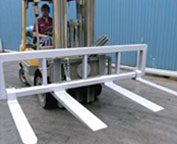
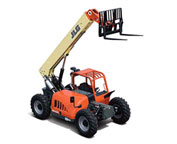

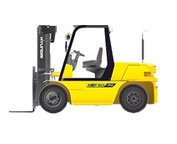
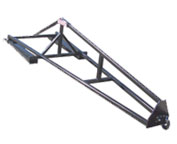
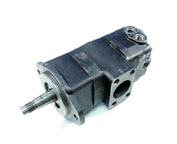

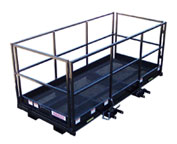
Lift Parts Express
TOLL FREE: 1-888-695-7994
LOCAL: (510) 727-5652
22568 Mission Blvd #407
Hayward, California
forkliftpartshayward.com
Email Us
About Us



